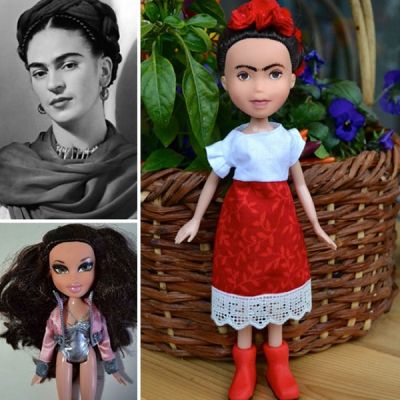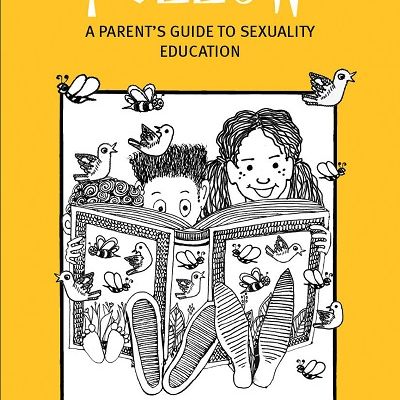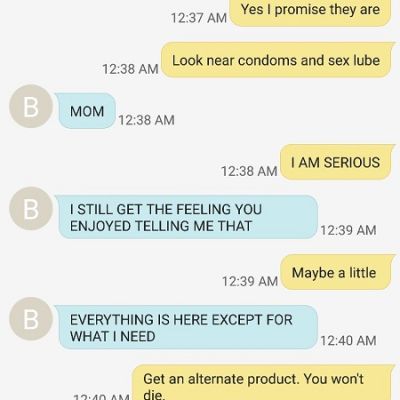Parenting and Sexuality
Canadian parent Wendy Tsao took her child’s over-sexualised dolls, removed their makeup and changed their overly done-up hair to turn them into role models from real life. By creating from commonly available dolls lookalikes of real-life women of renown, Tsao explores the idea of playthings having an influential impact on the formation of one’s own identity.
When working with parents on child sexual abuse prevention, I often get asked the question, “How old should my kids be before I talk to them about sexual abuse?” My usual response is, “How old do kids need to be before they can be sexually abused?”
In a country with a burgeoning population that still doesn’t believe in talking about sex openly, the book wants to help parents and teachers deal with uncomfortable questions rather than brush them under the carpet. To ensure that young children are not dismissed, distracted, or confused by adults who are too awkward or even (gasp!) ignorant of biology.
As a society, in our platforms of exchange of goods, products and services, how are we approaching parenting, children or sexuality? Stores are clearly catering to the constructed parent and child. There’s lots of toys, clothes, diapers, bedsheets and cute dangling, fluffy things to cluck at in stores catering to parent and child as a combination thali (platter). The day I see personal and sexual hygiene products in a store catering to mom and a teenaged me, I will kick up my heels and bray.




